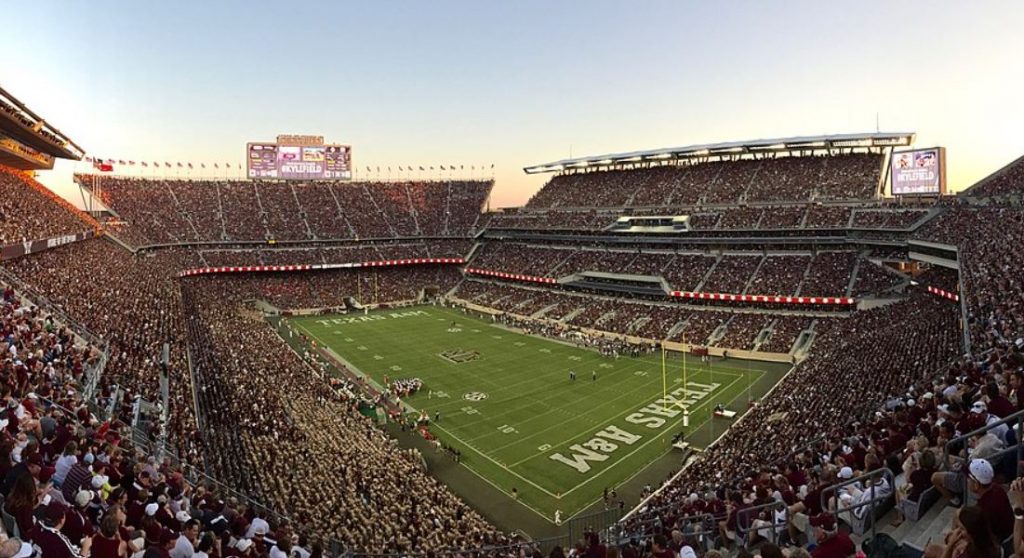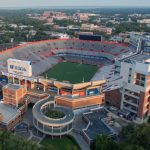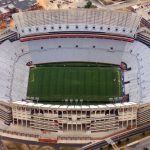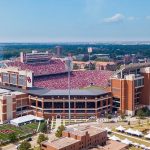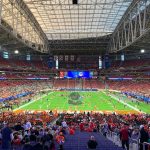One of the largest stadiums in the world can be found on the campus of a university in Texas.
In this post, we’ll take a closer look at some interesting Kyle Field history facts, a stadium in Texas that holds some impressive records!
1. It’s located on the campus of a university
Kyle Field is an enormous stadium located on the campus of Texas A&M University, a university located in the city of College Station in Texas.
This city is located in East-Central Texas and is situated about 83 miles (130 kilometers) northwest of Houston and about 87 miles (140 km) east-northeast of Austin, the capital city of the State.
The city itself isn’t that big with a population of just below 100,000, even though the metropolitan area has a population of over 270,000 people, making it the 13th-largest in Texas.
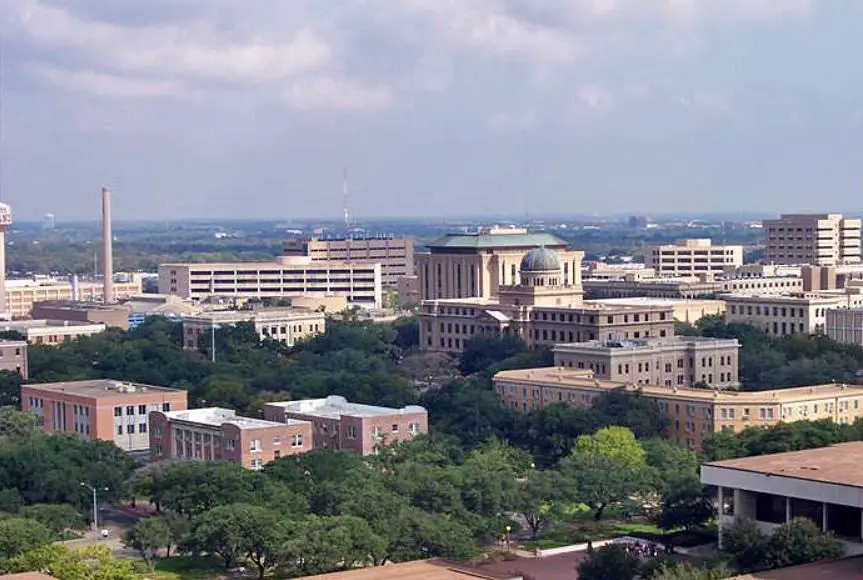
2. It was named for the man who built the original stadium
The stadium is the home venue of the Texas A&M Aggies football team and has been since the year 1904, the year that the original version of the stadium was built.
This original and humble stadium was built by a man named Edwin Jackson Kyle (1876-1963), a man who had graduated from A&M University in 1899, a teacher in the horticulture department.
Because of this, some land was assigned to him on the campus which he was supposed to use for agricultural purposes. Instead, he fenced it and used this section as an athletics field for the students.
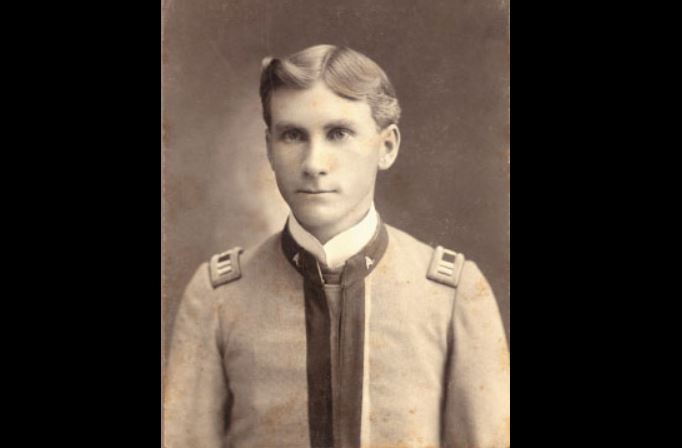
3. The original seating capacity of the stadium was 500
Did we say that the original version of the stadium was quite a bit humbler than the enormous stadium located on the campus today? Well, that’s because it really was!
Kyle bought a wooden grandstand from a local market and built wooden bleachers to provide seating accommodations. This resulted in the official seating capacity of the stadium being raised to a whopping 500!
The man’s efforts didn’t go unnoticed and ever since 1906, voices were raised to name the stadium in Kyle’s honor. It was unofficially known as “Kyle Field” since then but didn’t receive this official name until the year 1956, the year this name was approved by the Texas A&M Board of Regents.
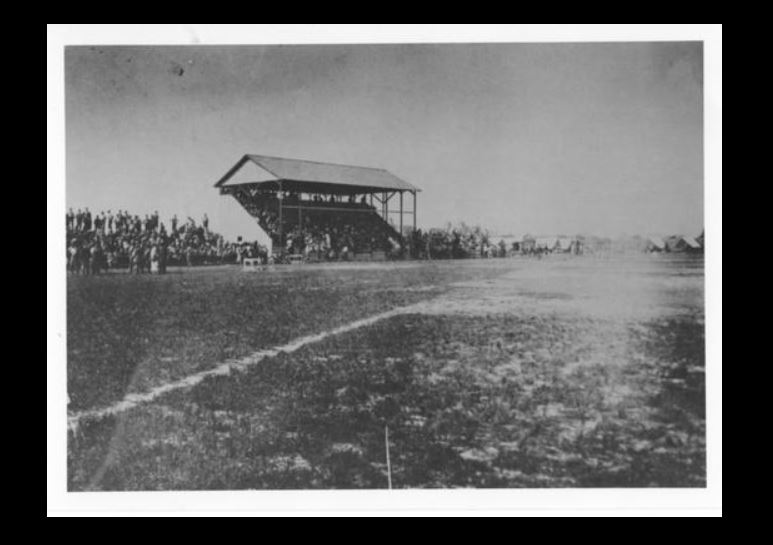
4. The first concrete stadium was built in the year 1929
By the time the name was officially named after Edward Jackson Kyle, it looked quite different than the stadium he put together himself.
The first concrete stadium was completed in the year 1929 for $365,000 which was quite a hefty sum at the time. The stadium had the shape of a horseshoe, a popular design at the time, and had a seating capacity of 32,890 spectators.
By 1953 this was even expanded to 41,500 spectators with the addition of a partial second deck and press box.
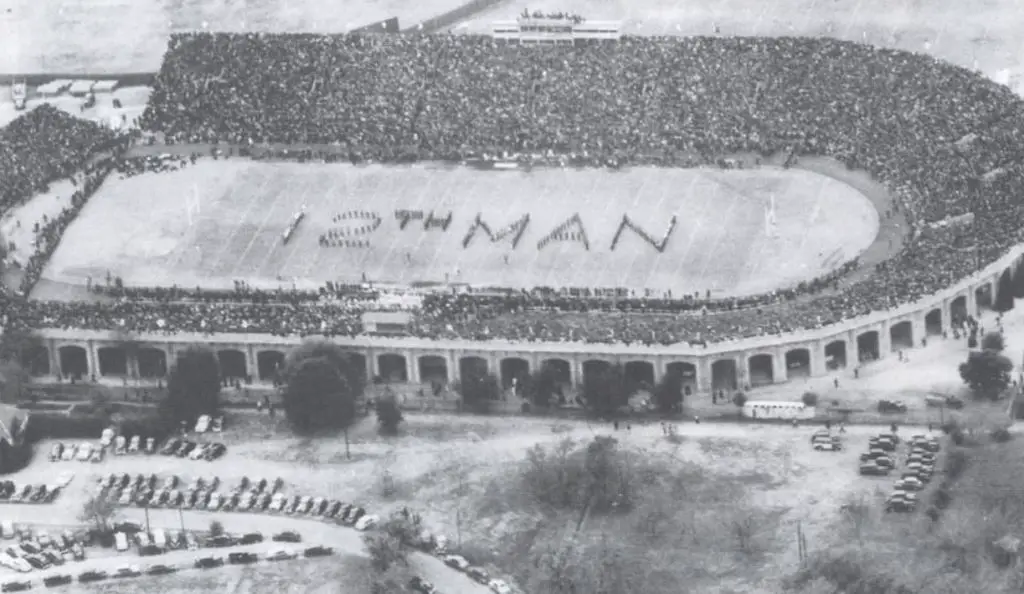
5. The first major sets of renovations were completed in 1967
The first phase of the additional second deck was finally completed in the year 1967, a renovation and expansion which cost a whopping $1.84 million.
This brought the seating capacity to 48,000. Further expansions happened in the 1970s and 1980s which brought the seating capacity to over 70,000 spectators, an enormous stadium already by then!
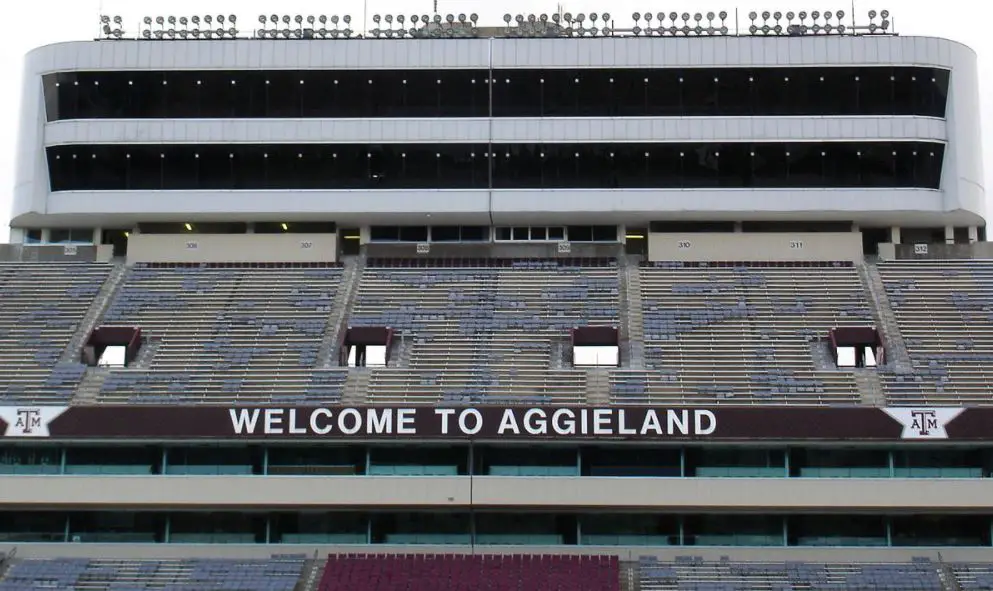
6. The playing surface consisted of real grass until the year 1970
One of the most remarkable Kyle Field History facts is that the playing surfaces consisted of real grass until the year 1970. It was only then that Astroturf was installed.
The surface was changed back, however, to real grass, which was in 1996. Following this move, the playing surface has received nothing but praise for its excellent conditions, mainly due to the constant maintenance of the groundkeepers who work on it day in and day out.
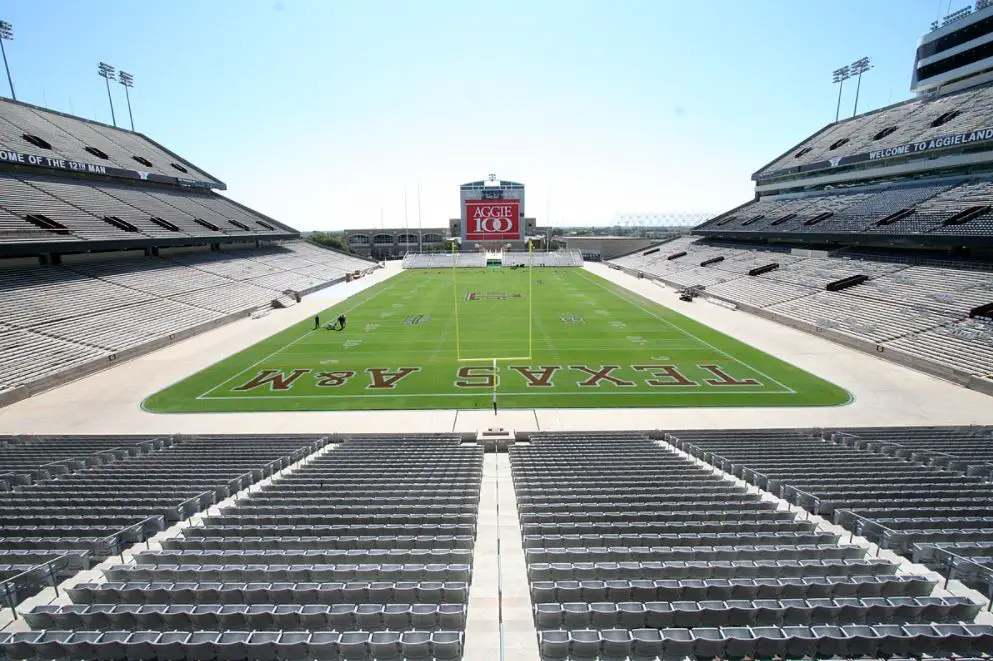
7. The capacity grew to over 80,000 at the turn of the century
One of the most remarkable expansion phases happened in the late 20th century when the Bernard C. Richardson Zone was added. This was done for USD 32.9 million and increased the capacity to 82,600 seats.
In the early 2000s, further additions were made to the stadium complex, including Bright Football Complex which overlooks the playing field on the south end, new dressing rooms, the largest training and rehabilitation facilities, and one of the best academic centers in the country!
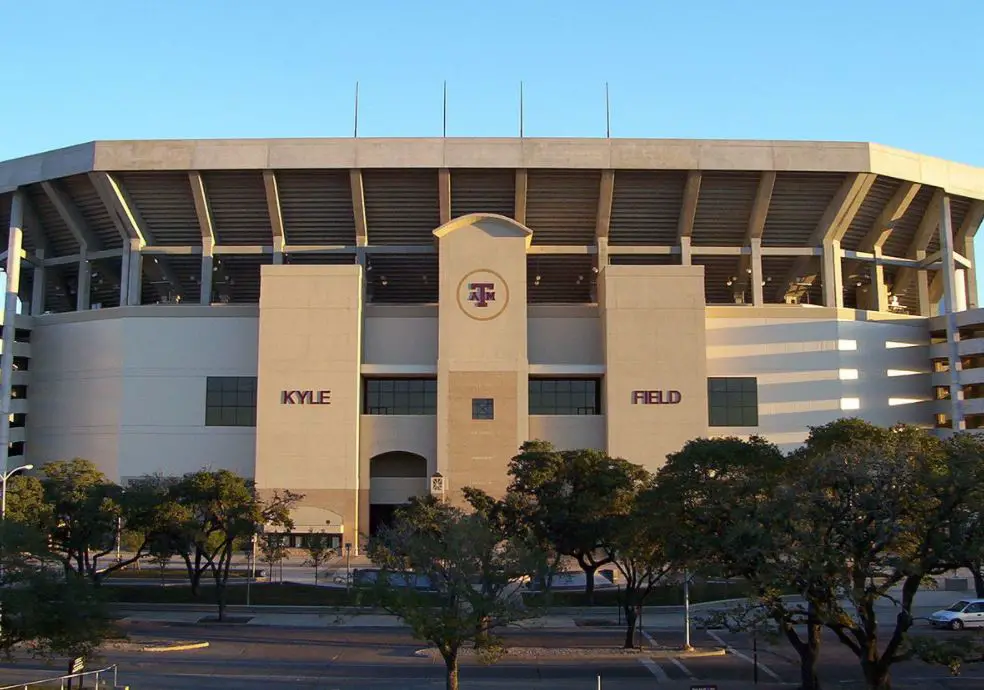
8. It became one of the biggest stadiums in the world by 2015
The biggest renovation in Kyle Field History was completed between 2013 and 2015, a project that cost a total of USD 485 million!
This increased the seating capacity to 102,733 (current capacity), something that turned the stadium into the 6th biggest stadium in the world! The record attendance in the stadium was set on October 11, 2014, when 110,633 people watched how Texas A&M lost to the Ole Miss Rebels by 35–20.
It’s also the largest stadium in Texas, the largest in the Southeastern Conference, and the fourth-largest stadium in the NCAA, and the 4th-largest stadium in the United States!
